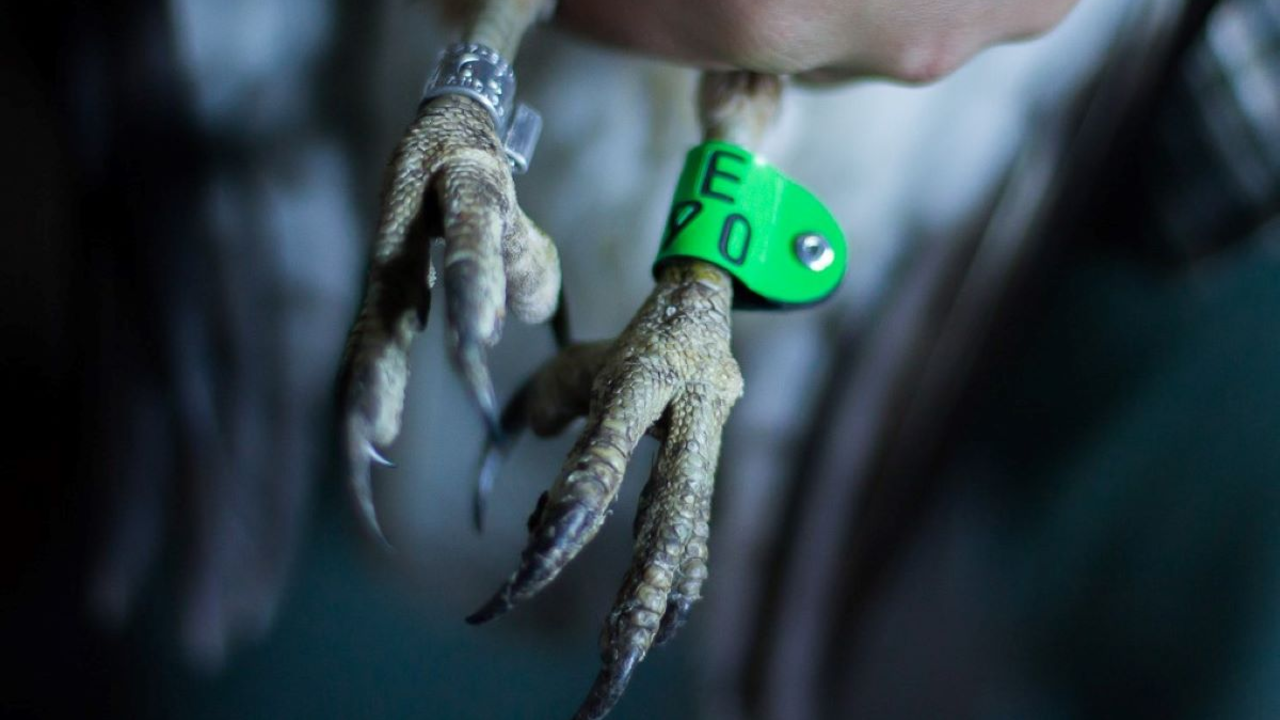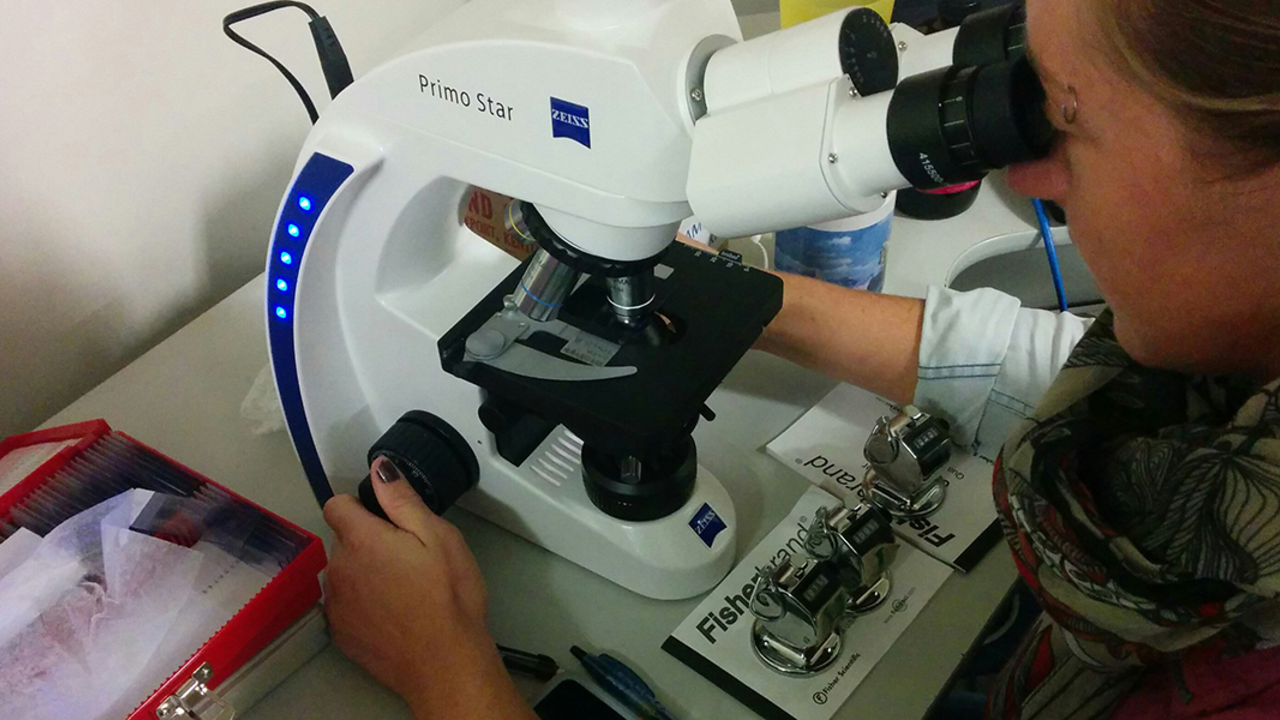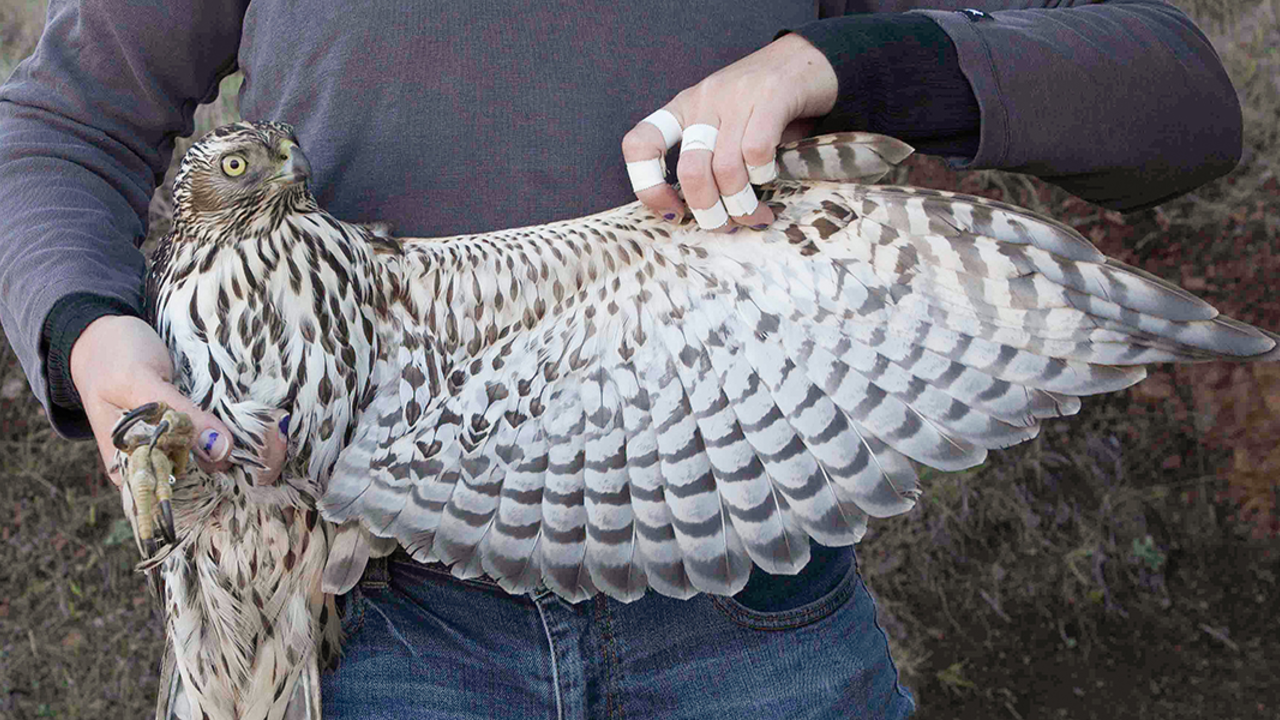Raptor Banding

Jessica Weinberg-McClosky/Parks Conservancy
Specially trained volunteers sit in small blinds in the hills of the Headlands, trapping and banding raptors and taking measurements and health data. Banded hawks subsequently encountered by humans are (hopefully) reported to the US Bird Banding Laboratory by the finder, and we receive a report of where the bird was found and what the circumstances were. Banding recoveries help us answer questions about raptor movement and ranges, as well as insight into causes of raptor injuries and deaths.
Becoming a GGRO bander is a big commitment—volunteers start with a 2-year apprenticeship to learn the basic skills necessary to safely trap and band hawks. There are rigorous trainings and workdays in preparation for the migration season, and mandatory work days in spring and summer. Trainings occur on weeknights and weekends in July and into the beginning of August. Bander field days generally start at 7:45 am and sometimes last until the evening, depending on weather and bird activity. Volunteers must be able to commit to one regular field day every two weeks between mid-August through early December; all training is provided. Banders must be 18 years or older. Volunteer activities take place in the Marin Headlands.
Because space is limited in the banding program, we recruit new banders once every two years to accommodate the training schedule. If you would like to be notified when recruitment opens again, please send us a message at ggro@parksconservancy.org . Sign up for our newsletter to stay in the loop!
Found a banded bird? Report the band number directly to the Bird Banding Laboratory at www.reportband.gov. Call GGRO with any questions at (415) 426-5290.





